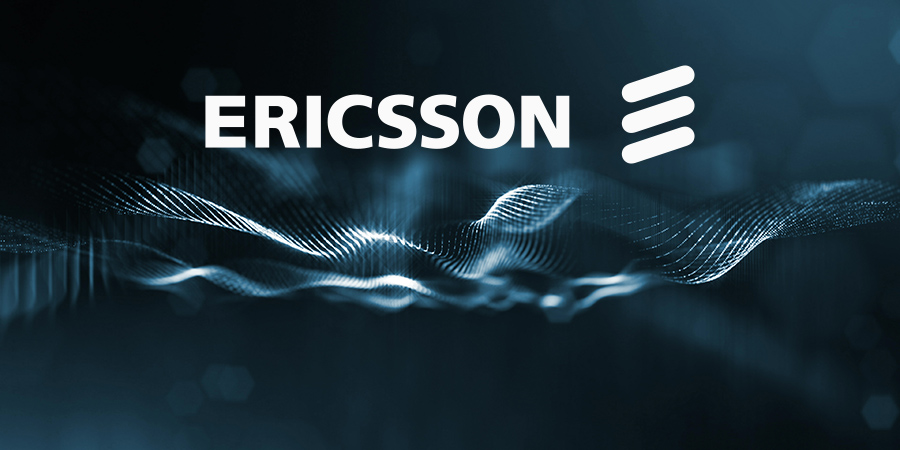At a pre-release roundtable event, Ericsson, a Swedish multinational telecommunications company, launched its annual Microwave Outlook Report, which focuses on utilizing microwave backhaul solutions to support 5G and beyond.
Zoran Lazarevic, Chief Technology Officer (CTO) at Ericsson Middle East and Africa, discussed the report’s key insights, trends, and the developments shaping the future of the region’s telecommunication landscape.
Ericsson Exclusive: Ericsson's Century of Excellence: Shaping Next-Generation Network
Key Highlights
As the upcoming generation in network technology, 6G, becomes ever more prevalent, Lazarevic emphasized the pivotal role microwave technology plays in the establishment of robust mobile backhaul networks.
According to Ericsson’s projections, by 2030, microwave and fiber are expected to experience a 50-50 split in mobile backhaul, excluding Northeast Asia. The report also indicates that microwave technology will possess the capacity to meet all the required data demands by 2030.
Lazarevic stressed the need for standardization to ensure network security, an area where Ericsson is actively involved.
Key points regarding the growing importance of artificial intelligence (AI) in the telecommunications network and its role in network optimization and management were also discussed. Ericsson’s AI-based microwave analytics—the world’s first AI and machine learning (AI/ML) solutions for monitoring and analyzing the performance of microwave networks—were also highlighted.
Furthermore, Ericsson’s power efficiency has increased, achieving 40% lower power consumption and enabling substantial operational expenditure (OpEx) savings.
Moreover, Ericsson’s state-of-the-art carrier aggregation (CA) solution can reduce power consumption in all traditional frequencies and site configurations by 50%, further improving energy efficiency.
Related: Umniah Reduces Environmental Footprint with Ericsson’s AI/ML Solutions
Key Threats in Microwave Networks
In millimeter wave frequencies, humidity can significantly impact signal quality. To mitigate this, large microwave networks are being utilized to train ML algorithms to automatically recognize signal interferences in live networks caused by rain, temporary line-of-sight blockage, multipath propagation, strong winds, and solar bending.
The Ericsson CTO underscored the need to transition to a higher spectrum to meet the demand for increased capacity. The report also delved into the security sector, highlighting issues such as denial of service (DOS) attacks, unauthorized access, manipulated software, hidden activities, lack of awareness regarding changes, and vulnerabilities in third-party providers (3PPs).
Service providers can implement robust security configurations such as passwords and central authentication, radio link encryption, security event logging, and a secure control plane to address these threats.
In addition, AI and ML technologies can, crucially, identify the causes of quality degradation and enable essential corrective actions. Service providers must prioritize end-user security throughout the entire process, from development and operations to deployment and standardization.
The Ericsson Microwave Outlook Report 2024 underscores the importance of integrating modern technologies to meet the growing demand for technological advancements, particularly in terms of higher data capacity. The report further cements Ericsson’s pivotal role in integrating microwave technology into future network architectures.
Continue Reading:
Ericsson in Q2 2024: Taking Proactive Steps for Long-Term Business Success
Ericsson Catalyzes Digitalization: New Office, New Leader, and New Era in Jordan’s ICT Scene










